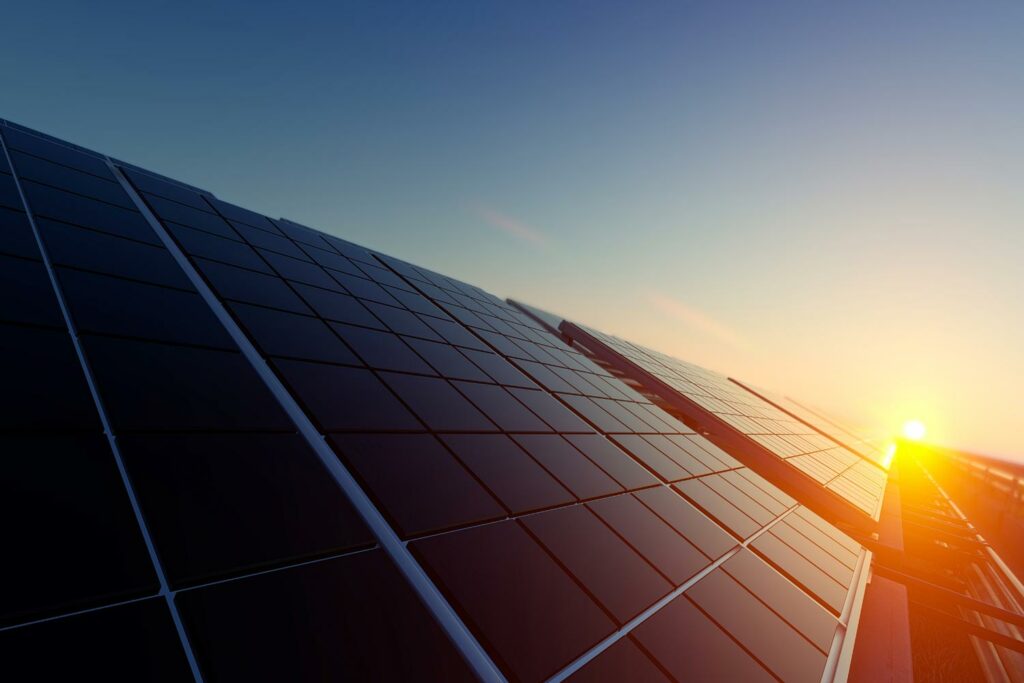Australian home owners have been reaping the benefits of solar power in their homes for years. So for Lacey Group, it was an obvious addition when it comes to sustainability for their current projects, The Monroe and The Del Ray.
The Gold Coast environmental landscape is truly one to behold. With glistening beaches, lush rainforests and of course, our golden sun, renewable energy is not just a trend or a new opportunity to have the latest gadgets installed in homes, it is a primary function for which homemakers can utilise and thrive with, while lessening the impact on the utilisation of fossil fuels.
By developing residences that take advantage of the natural given gift of solar, this ultimately assists in future proofing our environment for generations to come.
Project Manager at B.Energy, the solar power partner for Lacey Group’s current projects, Tom Smith said there has never been a better time to choose solar power.
“The rise in the cost of living and world affairs are reasons enough for developers to take advantage of the benefits of solar power,” Mr Smith said.
“Having solar within the project will offset to its capacity during normal operating conditions, in turn reducing body corporate costs.”
Mr Smith said having solar within a project such as The Monroe or The Del Ray also offers residents the potential to use energy not consumed by the body corporate and be stored into batteries to assist in offsetting the use while solar production is low (night / early morning / late afternoon).
“Solar assists in increasing the overall potential of ‘useable’ power within the dwelling, so if there is a high capacity being used within the meter board, the solar adds the extra potential to supply another source of power to overcome this,” he said.
“Some inverters also come with a backup function which can power small loads during a black or brown out.”
With endless examples on how investing in solar power has saved hundreds of dollars off power bills, Australia is one of the leading G20 countries when it comes to generating renewable energy with wind and solar power.
Australia absorbs an average of 58 million petajoules of solar radiation per year – 10,000 times more than our total energy consumption. The solar energy that is harvested is utilised through the two types of solar sources that can be used individually or in conjunction with each other:
Solar Thermal – the conversion of solar radiation into thermal energy that is used for space heating, most commonly hot water systems but can also be designed for large scale power generation.
Solar Photovoltaic (PV) – the conversion of sunlight to electricity with the installation of PV systems that are integrated into buildings, vehicles or upscaled to megawatt power plants.
With so many government incentives towards the integration of solar in homes and businesses and varying conditions nationally, it can be difficult to understand the ins and outs of how to get the most out of the switch to renewable energy. Always refer to up to date, government supported information; make sure you know what your state is offering and what you can claim and don’t be susceptible to flashy marketing. Know that the advertised price in most states for solar has already had the National solar subsidy taken into account and the amount does vary state to state.
Lacey Group Director, Adam Lacey, said Lacey Group is dedicated to building sustainable projects and both The Monroe and The Del Ray will include solar energy, which will fuel all common property, including the pools and recreational facilities.
“By implementing solar in common areas of the strata title projects, we will be reducing electricity costs, benefiting occupants in the long run,” Mr Lacey said.
“With this decrease in cost of common area electricity, there is peace of mind and assurance that the mutual benefit covers all occupants and develops a sense of environmental consciousness within the community.”
*The information provided in this document has been prepared as a guide and does not constitute advice. Every effort has been made to ensure the information is complete and accurate. The information has been provided in good faith and with due care. The developer and seller of this project makes no representation (expressed or implied) as to the accuracy, adequacy or reliability of any statements, data, images or information contained within. Lacey Group Pty Ltd reserves the right to make changes to the contents of this document at any time. Whilst all endeavours have been made to ensure the content of this document is correct at the time of publishing, the information it contains is to be used as a guide and for information purposes only.












